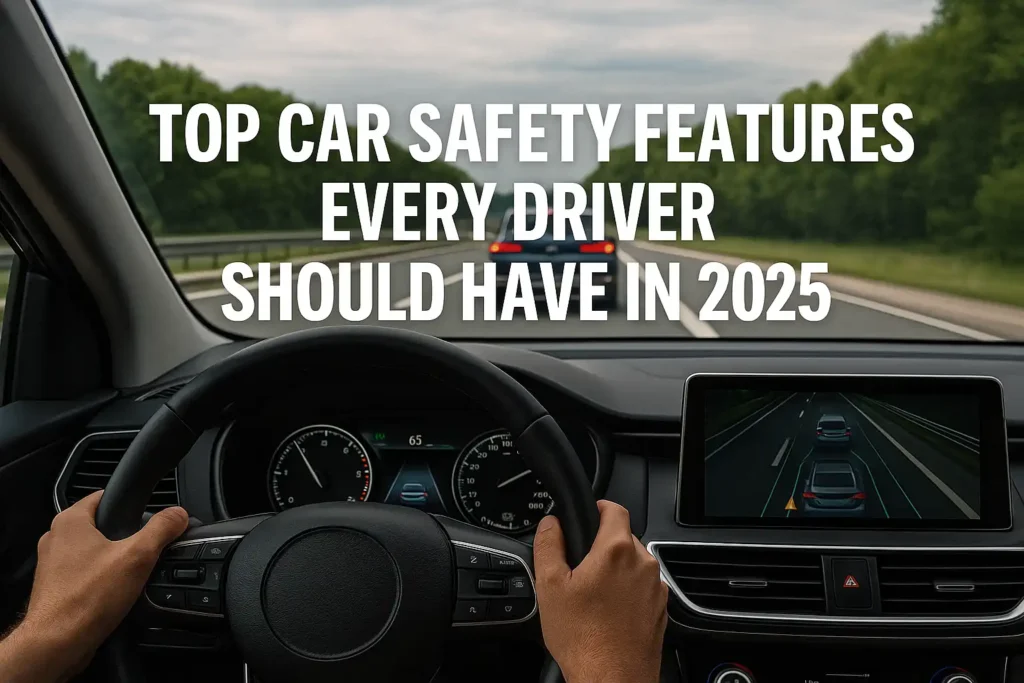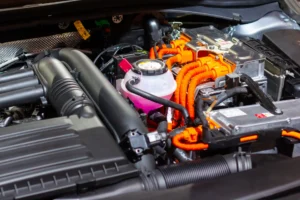Top Car Safety Features Every Driver Should Have in 2025
Introduction
Car safety technology has advanced rapidly in recent years, and 2025 brings even more innovative features designed to protect drivers, passengers, and pedestrians. From collision avoidance systems to AI-powered driver assistance, these technologies are no longer luxuries—they are essential for modern driving. In this guide, we’ll cover the top car safety features every driver should have in 2025 to ensure maximum protection on the road.
Why Modern Safety Features Matter
Road accidents remain a leading cause of injuries and fatalities worldwide. According to the National Highway Traffic Safety Administration (NHTSA), advanced safety systems significantly reduce collision risks and save thousands of lives each year. Equipping your car with these features is an investment in safety and peace of mind.
Top Car Safety Features in 2025
1. Automatic Emergency Braking (AEB)
AEB systems detect obstacles and automatically apply brakes if the driver fails to respond in time. This feature has become standard in most new vehicles, drastically reducing rear-end collisions.
2. Adaptive Cruise Control (ACC)
Unlike traditional cruise control, ACC adjusts your car’s speed to maintain a safe distance from the vehicle ahead. Many systems also include stop-and-go functionality for heavy traffic.
3. Lane Keeping Assist and Departure Warning
These features monitor lane markings and gently steer your car back if it drifts unintentionally. They also alert you if you leave your lane without signaling, reducing accidents caused by distraction.
4. Blind Spot Monitoring
Blind spots are a common hazard. This system uses sensors to detect vehicles in adjacent lanes and alerts the driver with visual or audible warnings. Some systems even provide corrective steering assistance.
5. Rear Cross-Traffic Alert
Perfect for parking lots, this feature warns drivers of oncoming traffic when reversing out of spaces, helping avoid collisions with pedestrians or other vehicles.
6. 360-Degree Camera Systems
Multiple cameras around the vehicle provide a bird’s-eye view, making parking and maneuvering in tight spaces safer and easier.
7. Driver Monitoring Systems
Fatigue and distraction are major causes of accidents. These systems monitor eye movement and alert the driver if signs of drowsiness or inattention are detected.
Future-Ready Safety Tech for 2025
- Advanced Driver Assistance Systems (ADAS): Combining multiple safety functions for semi-autonomous driving.
- AI-Based Predictive Safety: Uses real-time data to anticipate hazards and react faster than human reflexes.
- Connected Vehicle Technology: Cars communicating with each other to prevent collisions and improve traffic flow.
How to Choose a Car with the Right Safety Features
When shopping for a new car, check the manufacturer’s safety ratings and confirm if these features are standard or optional. Use resources like the Insurance Institute for Highway Safety (IIHS) for crash test ratings and feature availability.
Conclusion
As technology evolves, car safety features continue to save lives and make driving safer. In 2025, features like automatic emergency braking, adaptive cruise control, and blind spot monitoring are no longer optional—they’re essential. Investing in a car equipped with these technologies is the best decision you can make for your safety and that of your loved ones.
Read next: The Future of Electric Vehicles – What Drivers Need to Know in 2025



